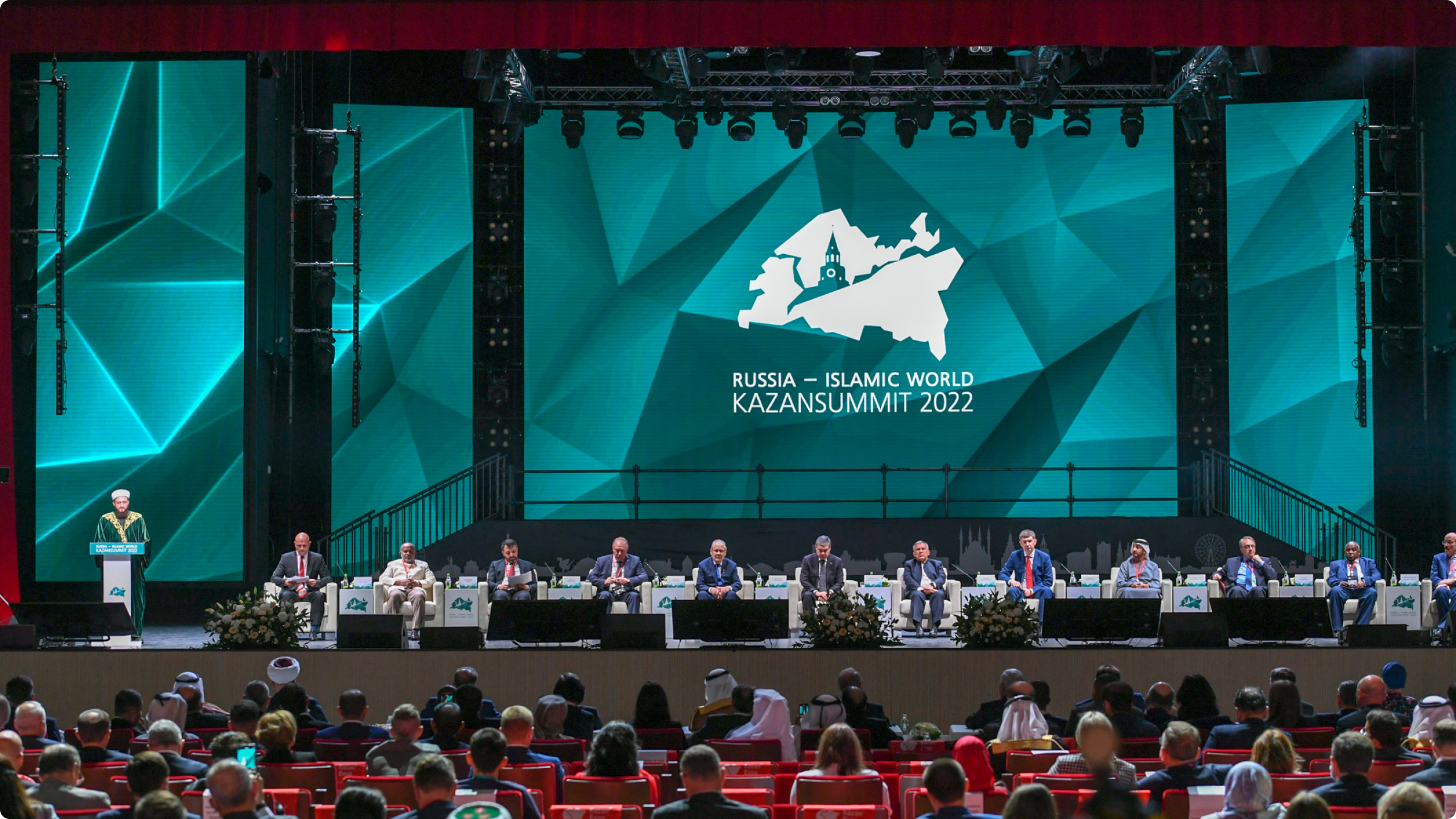The reason why the additive technologies application accelerates the production of innovative products?
The reason why the additive technologies application accelerates the production of innovative products?
19 MayOrganizer: Industrial cluster of the Republic of Tatarstan
Venue: the city of Kazan, IEC KAZAN EXPO, Hall 15
Time: 19.05,2023, 14:40–16:00
Moderator: Sergey Mayorov, Chairman of the Board of the Industrial Cluster of the Republic of Tatarstan
Speakers:
Ospennikova Olga Gennadyevna, Executive Director of the Association for the Development of Additive Technologies;
Gilmutdinov Albert Kharisovich, Assistant to the President of the Republic of Tatarstan;
Khakimov Aleksey Munirovich, Head of the Laser processing department of the United Engine Corporation;
Mikryukov Ilya Vyacheslavovich, Technical Director of Center for Digital Technologies, AO;
Lavrentyeva Anna Nikolaevna, Senior Vice President of ACB Novikombank, Rostec State Corporation;
Bulgakov Nikolai Sergeevich, General Director of ZIAS, OOO;
Panfilov Eduard Vladimirovich, Director of the Foundry plant, KAMAZ, PAO.
The 3D printing in modern reality has become an integral part of almost all types of industry. The growth of the additive manufacturing market, which includes equipment, materials, services, various research and development works in the Russian Federation, amounts to about 20%. During the session, the experts discussed the prospects for the development of additive technologies on the way to import substitution under the sanctions.
Olga Ospennikova, Executive Director of the Association for the Development of Additive Technologies, is sure that the development of additive technologies is a driver of industry-based development. In 2022, the global additive technology market showed an annual increase of USD 700 million. By 2030, it is expected to grow by USD72.5 billion. Companies from China have become world leaders, displacing the US and Europe.
The market of additive technologies in Russia today amounts to 6.1 billion rubles. The structure of the Russian market includes: the consumers from the aviation industry and engine building, the printing industry, the production of equipment, the military-industrial complex, and the gas industry. Further growth is planned in the oil and gas complex, shipbuilding, and medicine.
According to the Strategy for the Development of Additive Technologies in Russia, the volume of the market for additive technologies by 2030 will amount to 23.5 billion rubles.
The leaders in the introduction of additive technologies in Russia in the oil and gas sector are the companies SIBUR and Gazpromneft.
The Republic of Tatarstan has a base for training personnel for additive technologies. On the basis of KNRTU-KAI, a practice-oriented training program “Application of additive technologies” has been introduced.
Assistant to the President of the Republic of Tatarstan Albert Gilmutdinov emphasized that the exponential development of additive technology is currently taking place all over the world. He singled out the key advantages of its application: practically unlimited freedom in design, design integrity, increased material utilization, low weight of the resulting structure, reduction in cycle time and cost of technological preparation for production, relatively easy training of technologists, production safety and the absence of a human factor.
One of the main Russian drivers for the introduction of industrial 3D printing is Rostec and the United Engine Corporation (UEC), as its part. Aleksey Khakimov, Head of the UEC laser processing department, spoke about the advantages of industrial printers and the principle of their operation. 3D metal printing allows you to create complex one-piece designs. This makes it possible to exclude many technological operations, such as welding and assembly.
Ilya Mikryukov, Technical Director of the Digital Technologies Center, said that the Digital Technologies Center in Kazan is a modern production site with the latest technological equipment and software in the field of engineering and industrial casting. The center provides the market of Tatarstan with casting molds and product prototypes, which allow customers to reduce the cost of manufacturing and testing the samples.
Anna Lavrentyeva, Vice President of Novikombank, ACB, said that the Bank has developed a R&D support loan program in the amount of about 5 billion rubles, which provides support for the developments of Russian manufacturers. Anna Lavrentieva described additive manufacturing as an element of the circular economy. She is sure that the taxonomy of green projects of the Ministry of Economic Development of the Russian Federation should be taken into account when financing projects. The Bank also finances a program to retain young professionals in various technological areas.
Nikolai Bulgakov, General Director of ZIAS, OOO, emphasized that the main driver of growth and development of modern technologies is the cost of labor. 15 institutes work for the development of the industry in the USA, in Western Europe - it is19, in China - 65. The first centers of additive technologies sought to collect various types of technology, depending on the applicability, belonging to the industry, etc. This was good for prototyping, but kept additive technology from entering mass production. At present there occurs a process of reformatting into digital factories, when different enterprises can place various orders.
Eduard Panfilov, Director of the Foundry plant, KAMAZ, PAO, noted the advantages of using additive technologies in the automotive industry. Compared to the classical technology, the production of test samples has reduced costs by several times, and the speed of manufacturing products, even the most complex ones, has increased by many times over.
